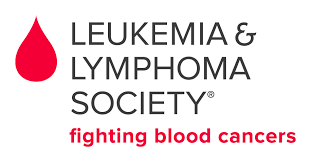Diagnosing ALL and its subtype usually involves a series of tests, including blood tests and bone marrow tests. After your blood is drawn, it is sent to a lab where a doctor will perform a complete blood count, which shows the number of red cells, white cells and platelets in your blood and for a peripheral blood smear, which shows whether you have too many immature white cells, known as leukemic blast cells, in your blood.
Bone marrow tests are needed to find out how many ALL cells are in your bone marrow, to examine the ALL cells and to identify the ALL subtype. Your hematologist/oncologist will perform the bone marrow test, which usually involves two steps – a bone marrow aspiration to remove a liquid marrow sample and a bone marrow biopsy to remove a small amount of bone filled with marrow.
After your doctor takes samples of your blood and bone marrow, a hematopathologist will confirm a diagnosis and then identify the ALL subtype. A hematopathologist is a specialist who studies blood cell diseases by looking at samples of blood and marrow cells and other tissues.
When examining your blood and bone marrow cells, the hematopathologist identifies ALL by:
- The percentage of leukemic blast cells present
- Specific chemical activity in blast cells
- Characteristic markings on the blast cells' surface
- The number and size of chromosomes
Some patients still have ALL cells in their bone marrow after treatment. This is called refractory leukemia. Some patients have a return of ALL cells in the marrow and a decrease in normal blood cells after remission. This is called a relapse.
To learn more, visit The Leukemia and Lymphoma Society.
 Content provided by:
Content provided by: